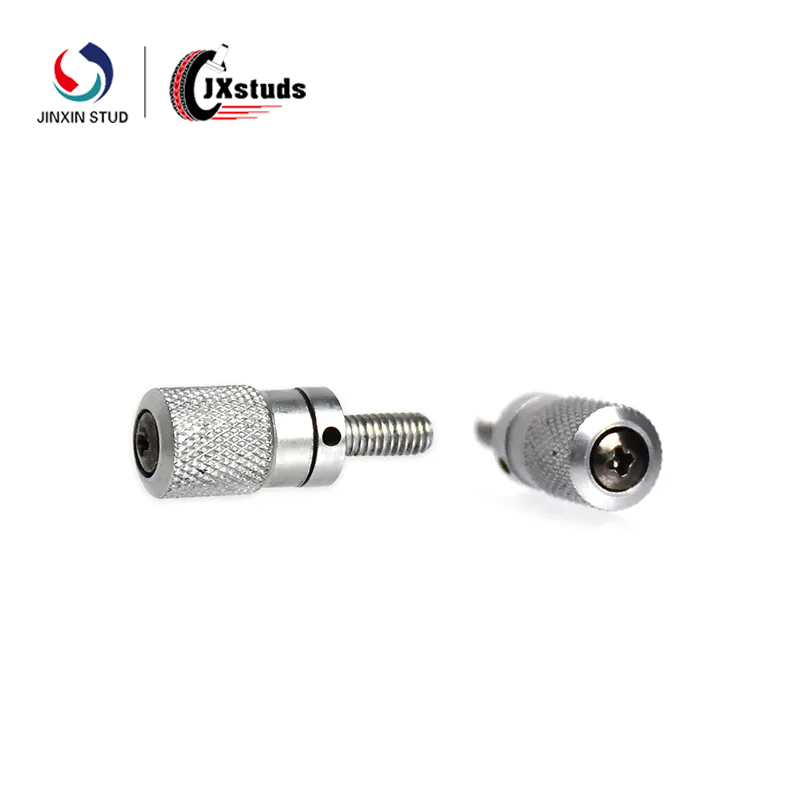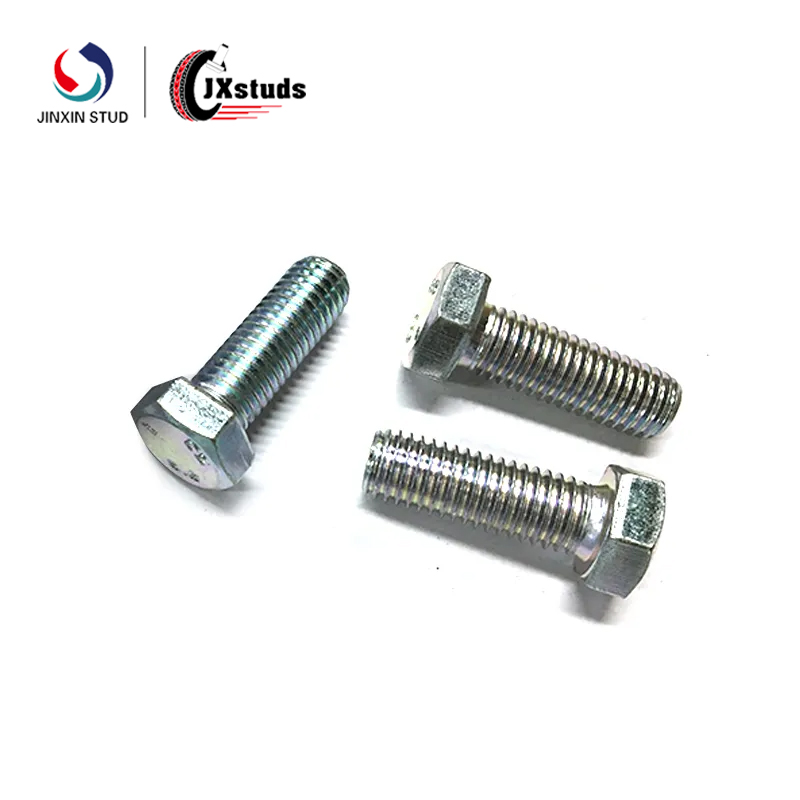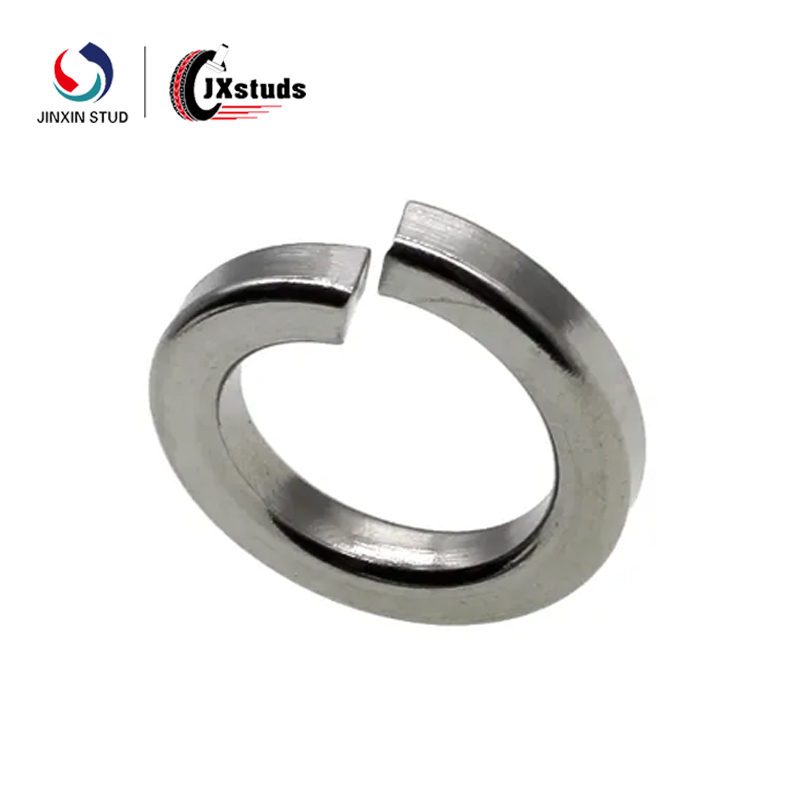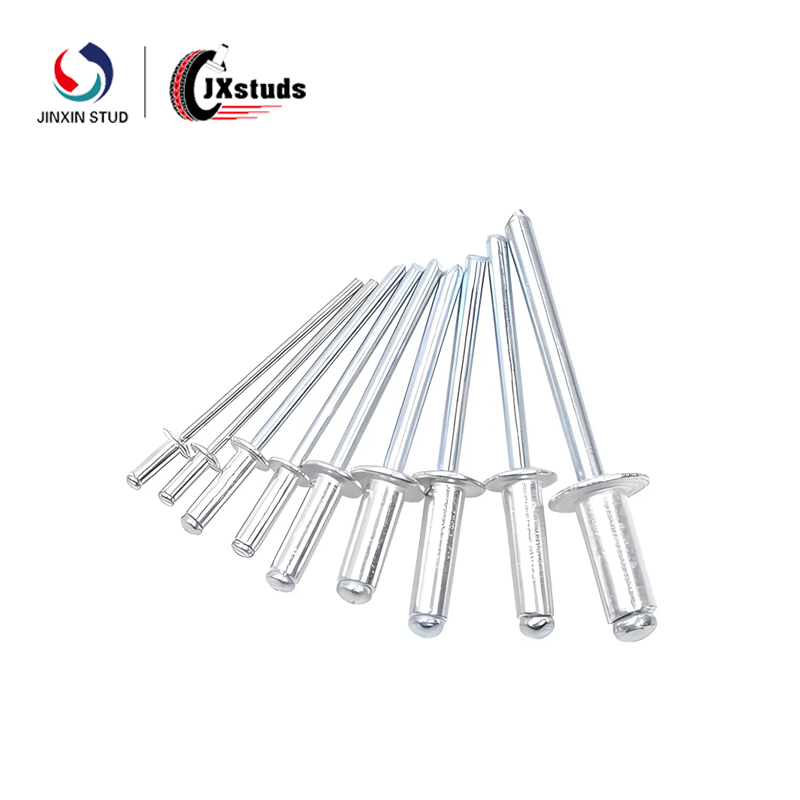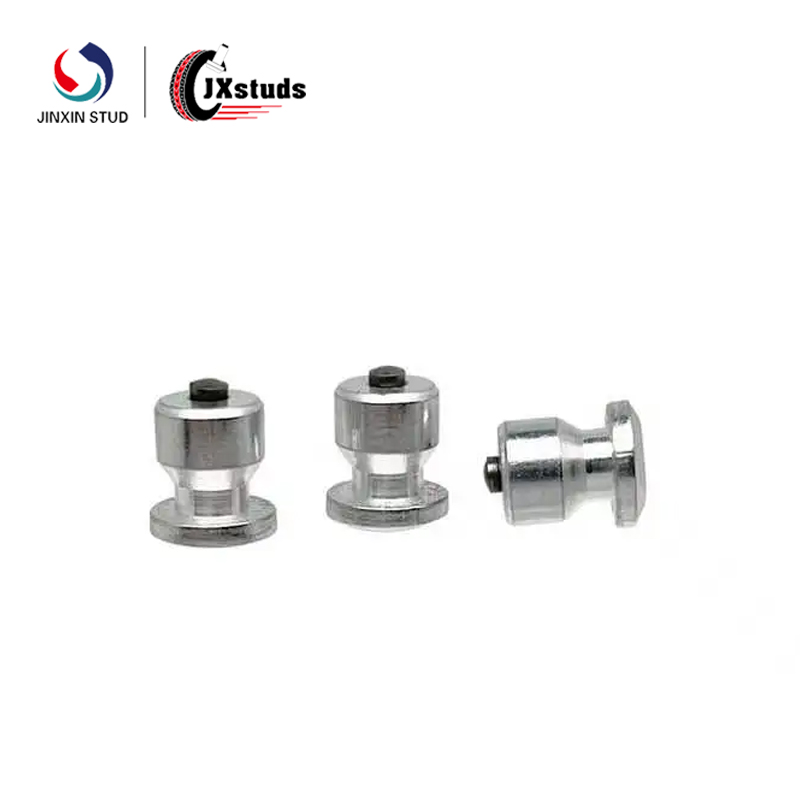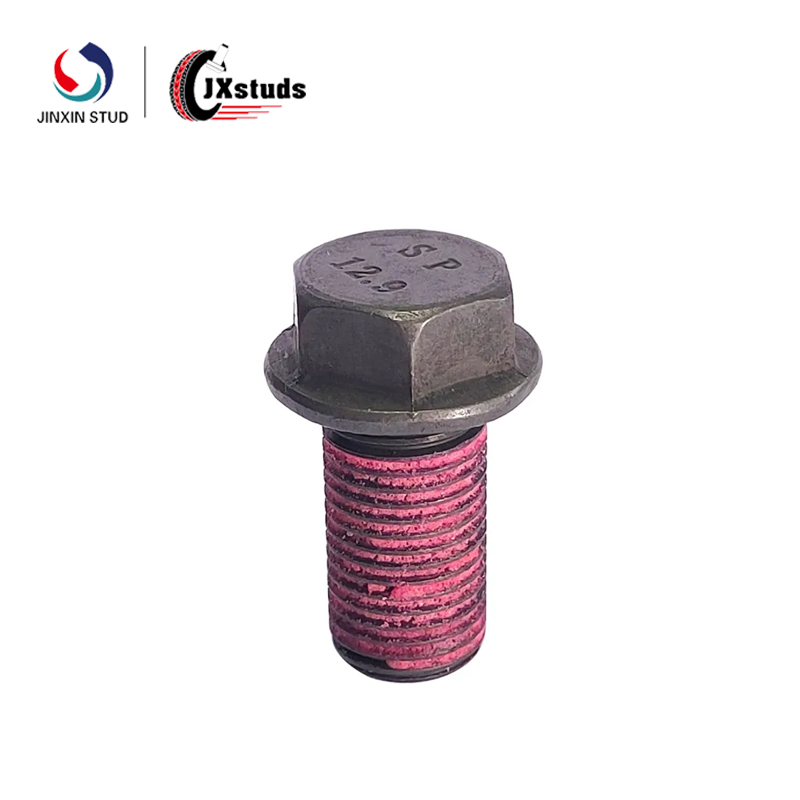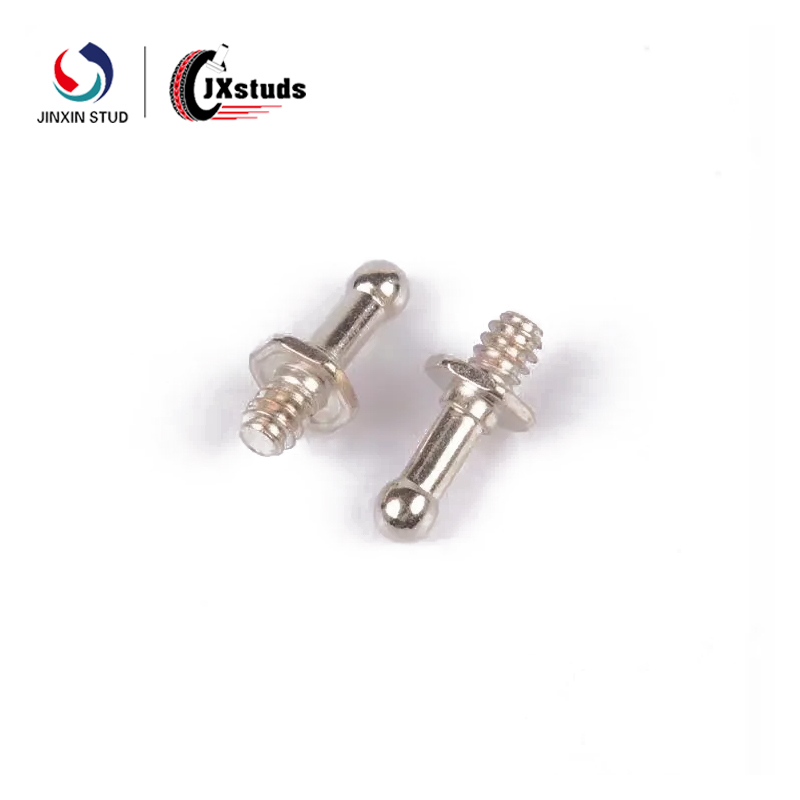Definition of Fastener: A general term for a type of mechanical component used to fasten two or more parts (or components) together into a whole.
Fasteners are widely used in various industries, including: energy, electronics, electrical appliances, machinery, chemical, metallurgy, molds, hydraulic, and so on. They can be seen in various machinery, equipment, vehicles, ships, railways, bridges, buildings, structures, tools, instruments, chemicals, instruments, and supplies. They are the most widely used mechanical basic components. Their characteristics are a wide variety of specifications, diverse performance applications, and a high degree of standardization, serialization, and generalization
It usually includes the following 12 types of parts:
1. Bolt: A type of fastener consisting of a head and a screw (a cylindrical body with external threads), which needs to be matched with a nut to tighten and connect two parts with through holes. This type of connection is called bolt connection. If the nut is unscrewed from the bolt, it can separate these two parts, so bolt connection is a detachable connection.
2. Stud: A type of fastener without a head and only with external threads on both ends. When connecting, one end must be screwed into a part with an internal threaded hole, and the other end must pass through a part with a through hole, and then the nut is screwed on. Even if these two parts are tightly connected as a whole, this type of connection is called a bolt connection and belongs to a detachable connection. It is mainly used in situations where one of the connected parts is thick, requires a compact structure, or is not suitable for bolt connection due to frequent disassembly.
3. Screw: It is also a type of fastener composed of a head and a screw, which can be divided into three categories according to its purpose: machine screw, set screw, and special purpose screw. Machine screw is mainly used for fastening a part with a fixed threaded hole to a part with a through hole, without the need for nut cooperation (this connection form is called screw connection, which is also a detachable connection; it can also be used with a nut to tighten the connection between two parts with through holes.) Set screw is mainly used to fix the relative position between two parts. Special purpose screws, such as lifting ring screws, are used for lifting parts.
4. Nut: With internal threaded holes, it is generally in the shape of a flat hexagonal column, and can also be in the shape of a flat square column or a flat cylindrical shape. It is used in conjunction with bolts, screws, or machine screws to tighten and connect two parts, making them a whole.
5. Self tapping screw: Similar to machine screws, but the thread on the screw is a specialized thread for self tapping screws. It is used to tighten and connect two thin metal components into one piece, and small holes need to be made in advance on the components. Due to the high hardness of this type of screw, it can be directly screwed into the holes of the components, forming a corresponding internal thread in the components
6. Wooden screw: Similar to machine screws, but the thread on the screw is a specialized thread for wooden screws, which can be directly screwed into wooden components (or parts) to securely connect a metal (or non-metal) part with a through hole to a wooden component. This type of connection is also detachable.
7. Washers: A type of fastener with a flat circular shape. They are placed between the support surface of bolts, screws, or nuts and the surface of the connecting parts to increase the contact surface area of the connected parts, reduce the pressure per unit area, and protect the surface of the connected parts from damage. Another type of elastic washer can also prevent the nut from loosening.
8. Retaining ring: It is installed in the shaft groove or shaft hole groove of a machine or equipment, and plays a role in preventing the left and right movement of parts on the shaft or hole.
9. Pins: mainly used for locating parts left and right, some can also be used for connecting parts, fixing parts, transmitting power, or locking fasteners during the locking period.
10. Rivet: A type of fastener consisting of a head and a nail rod, used to tighten and connect two parts (or components) with holes, making them a whole. This type of connection is called rivet connection, abbreviated as rivet connection. It is a non removable link because if two parts connected together are separated, the rivets on the parts must be destroyed.
11. Components and Connection Pairs: A combination component is a type of fastener that is supplied in combination, such as a combination of a certain machine screw (or bolt, self supplied screw) and a flat washer (or spring washer, lock washer); a connection pair refers to a type of fastener that is supplied in combination with a certain special bolt, nut, and washer, such as a high-strength large hexagonal head bolt connection pair used in steel structures.
12. Welding nail: A heterogeneous fastener composed of a nail rod and a nail head (or without a nail head), which is fixed and connected to a part (or component) by welding method for further connection with other parts.



